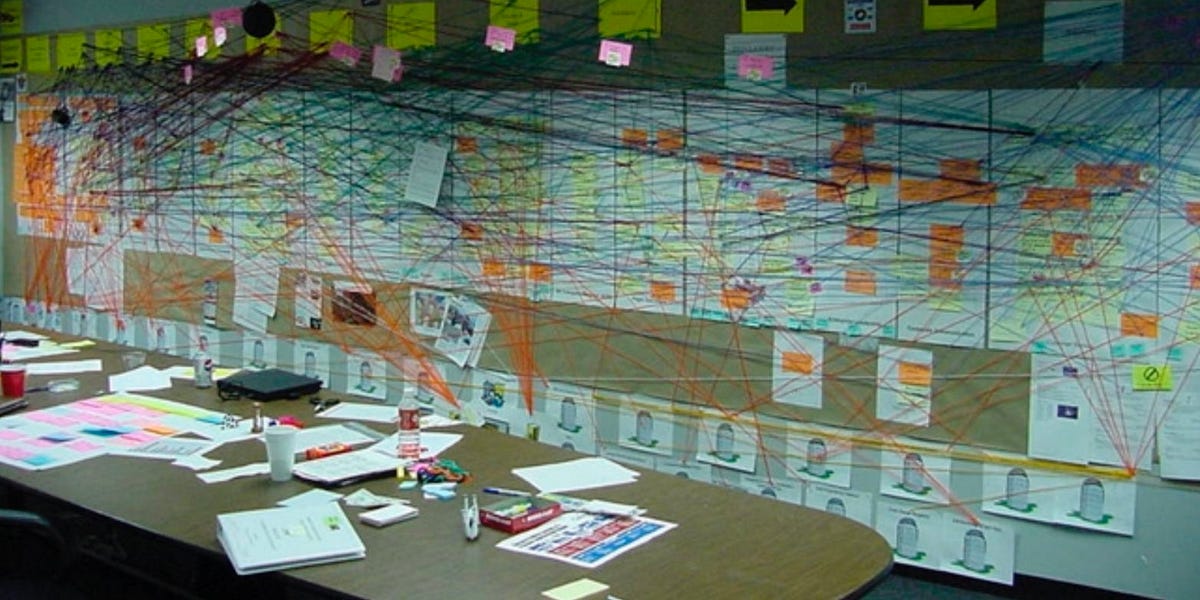
The Bitter Lesson versus The Garbage Can - by Ethan Mollick
One of my favorite academic papers about organizations is by Ruthanne Huising, and it tells the story of teams that were assigned to create process maps of their company, tracing what the organization actually did, from raw materials to finished goods. As they created this map, they realized how much of the work seemed strange and unplanned. They discovered entire processes that produced outputs nobody used, weird semi-official pathways to getting things done, and repeated duplication of efforts. Many of the employees working on the map, once rising stars of the company, became disillusioned.
I’ll let Prof. Huising explain what happened next: “Some held out hope that one or two people at the top knew of these design and operation issues; however, they were often disabused of this optimism. For example, a manager walked the CEO through the map, presenting him with a view he had never seen before and illustrating for him the lack of design and the disconnect between strategy and operations. The CEO, after being walked through the map, sat down, put his head on the table, and said, "This is even more fucked up than I imagined." The CEO revealed that not only was the operation of his organization out of his control but that his grasp on it was imaginary.”
For many people, this may not be a surprise. One thing you learn studying (or working in) organizations is that they are all actually a bit of a mess. In fact, one classic organizational theory is actually called the Garbage Can Model. This views organizations as chaotic "garbage cans" where problems, solutions, and decision-makers are dumped in together, and decisions often happen when these elements collide randomly, rather than through a fully rational process. Of course, it is easy to take this view too far - organizations do have structures, decision-makers, and processes that actually matter. It is just that these structures often evolved and were negotiated among people, rather than being carefully designed and well-recorded.










